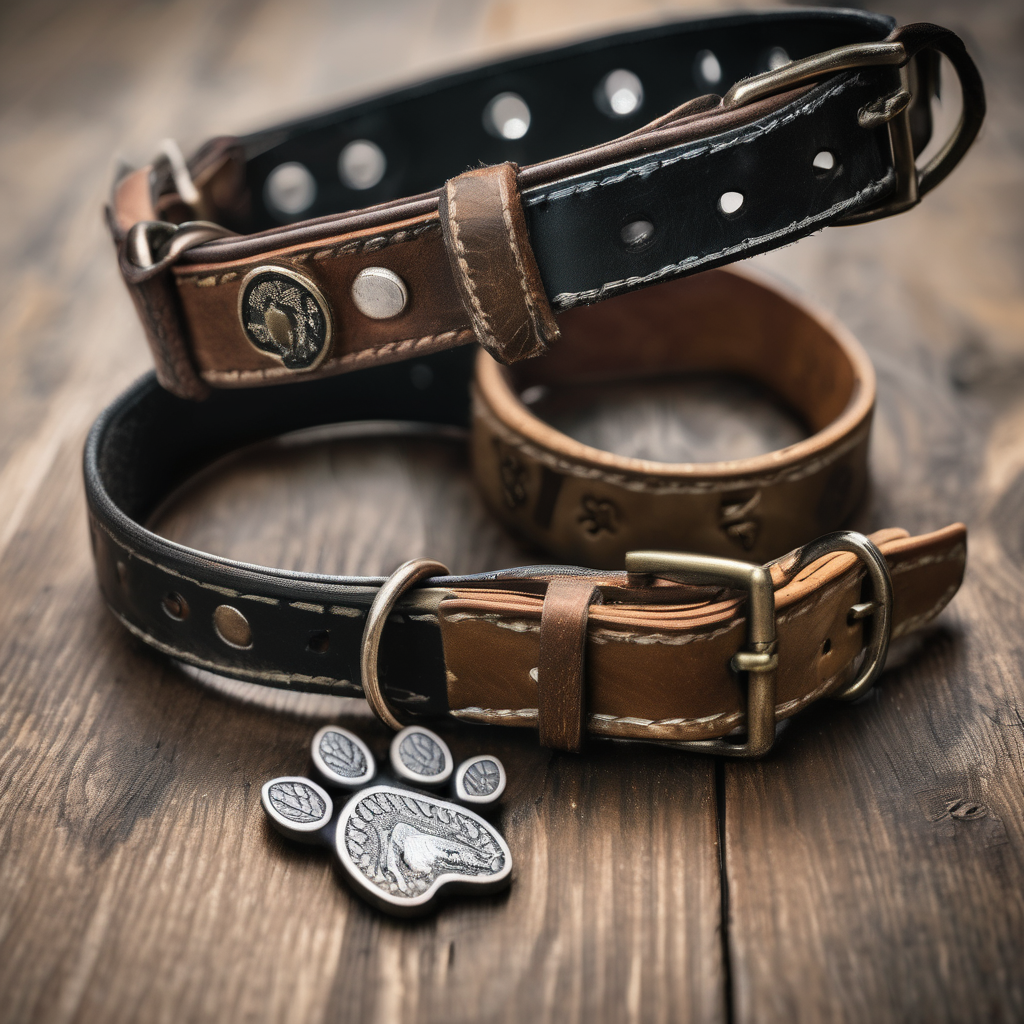Dogs have played an integral role in human life for thousands of years, being the first species to be domesticated. Their evolution from gray wolves marks a significant chapter in both canine and human histories. While it is widely accepted that dogs have adapted to live alongside humans, providing crucial functions such as protection, companionship, and even assistance in hunting, the exact timeline and process of their domestication remain subjects of ongoing debate among scientists.
Research using ancient DNA suggests that dog domestication may have occurred in two distinct waves; one in eastern Eurasia and the other in western Eurasia, with these groups later intermixing to form the ancestry of contemporary dogs. Molecular analyses indicate that domestication likely took place between 20,000 and 22,000 years ago, coinciding with a period when vast ice sheets blanketed much of the northern hemisphere.
A key archaeological finding is a 14,000-year-old dog discovered in Bonn-Oberkassel, Germany. However, distinguishing between early domestic dogs and wild wolves solely based on skeletal remains poses challenges for researchers. Historically, scientists assumed that mating between dogs and wolves was a rarity. Yet, recent investigations challenge this notion, prompting a closer look at the hybridization between these two species.
Despite their close evolutionary ties, domestic dogs and modern wolves typically display significantly different behaviors. Wolves function in family units, while dogs are more reliant on human interactions. Hybridization, while considered uncommon, tends to occur primarily when human activities disrupt natural ecosystems, leading to encounters where wild wolves may mate with domestic dogs.
To further explore the genetic relationship between dogs and wolves, researchers analyzed over 2,600 genomic sequences, including those from ancient dog and wolf specimens, as well as various modern breeds. Findings revealed that a surprisingly high percentage of dog genomes contained wolf DNA, indicating ongoing gene flow after domestication. Particularly notable was the complete presence of wolf genetics in free-ranging village dogs, which adapt to human-influenced environments.
Some breeds showed a higher proportion of wolf DNA, while others, such as the St. Bernard, exhibited none. Interestingly, even diminutive breeds like the Chihuahua retained measurable wolf ancestry. The presence of wolf genes in village dogs has prompted speculation that these specific genetic elements may enhance their olfactory capabilities, thus aiding their survival in challenging conditions.
Ultimately, these findings suggest that the genetic interaction between dogs and wolves has been more dynamic than previously believed, posing potential implications for conservation efforts focused on endangered wolf populations. Hybridization can introduce new genetic traits that may aid adaptability to environments significantly altered by humans.
This research enriches our understanding of the intricate relationship between dogs and wolves, revealing how domestication and ongoing interbreeding contribute to the resilience of dogs as they navigate the demands of their environments. As companions, workers, and friends, dogs continue to evolve alongside humans, reminding us of the shared journey they have embarked on with our species.
